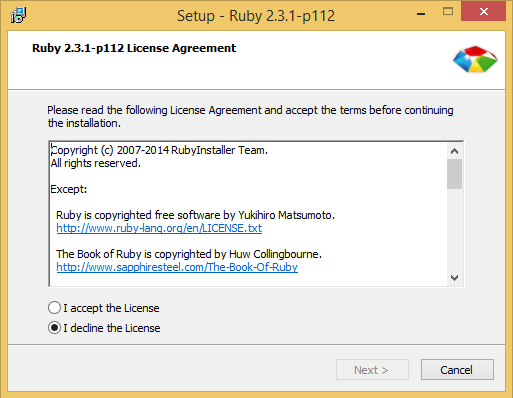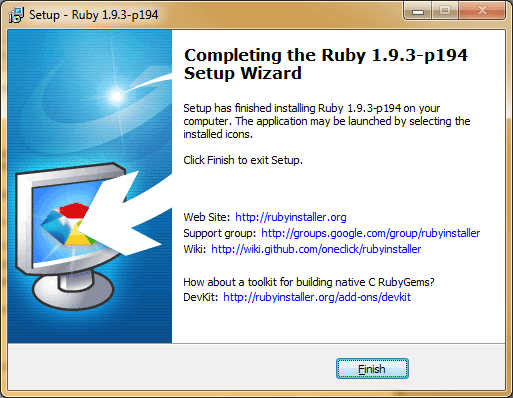
#Homebrew install ruby 2.7 install#
gem install rails -version=5.2.3Ĭongratulation's, You have successfully installed Ruby on your system. Visit here to get available rails versions. Or we can get a specific version of Rails by defining -version during installation. It will install Rails in global gemset So that all applications share the same version of Rails. You can install the latest stable release version of Rails by running the following command. Using following command you can check the current ruby version is used. Now select which version you want to use. You can install multiple versions as defined in the above step. Use rvm command to set up default ruby version to be used by applications. Ruby was built without documentation, to build it run: rvm docs generate-ri Ruby-2.7.0 - #adjusting #shebangs for (gem irb erb ri rdoc testrb rake). Ruby-2.7.0 - #generating default wrappers. Ruby-2.7.0 - #importing gemsetfile /usr/local/rvm/gemsets/default.gems evaluated to empty gem list Ruby-2.7.0 - #generating global wrappers. Ruby-2.7.0 - #importing gemset /usr/local/rvm/gemsets/global.gems. Ruby-2.7.0 - #gemset created /usr/local/rvm/gems/ Installed rubygems 3.1.2 is newer than 3.0.8 provided with installed ruby, skipping installation, use -force to force installation. Ruby-2.7.0 - #making binaries executable. Ruby-2.7.0 - #downloading ruby-2.7.0, this may take a while depending on your connection. Installing Ruby from source to: /usr/local/rvm/rubies/ruby-2.7.0, this may take a while depending on your cpu(s). Please read 'rvm help mount' to get more information on binary rubies. No binary rubies available for: centos/8/x86_64/ruby-2.7.0.Ĭontinuing with compilation. Searching for binary rubies, this might take some time. As shown below example will install Ruby 2.6 on Debian system. Use the following command to install required Ruby on your system. RVM is useful for installation of multiple Ruby versions on the single system. rvm list knownġ.8.7 # security released on head

You can install any version of your choice or requirements showing on the list. Get a list of available versions of Ruby language. rvm requirements Step 3 – List Available Ruby Versions source /etc/profile.d/rvm.shĪfter this, install all the dependencies for installing Ruby automatically on the system.


so that current shell takes new environment settings. curl -sSL | sudo gpg2 -import - curl -sSL | sudo gpg2 -import - curl -sSL | sudo bash -s stableĪfter installing RVM first we need to set up rvm environment using below command.
#Homebrew install ruby 2.7 update#
sudo apt update sudo apt install curl gnupg2 Step 2 – Install RVMīefore installing RVM first we need to import public key in our system then use curl to install rvm in our system. Login to your Debian system using GUI or use ssh for remote hosts.


 0 kommentar(er)
0 kommentar(er)
